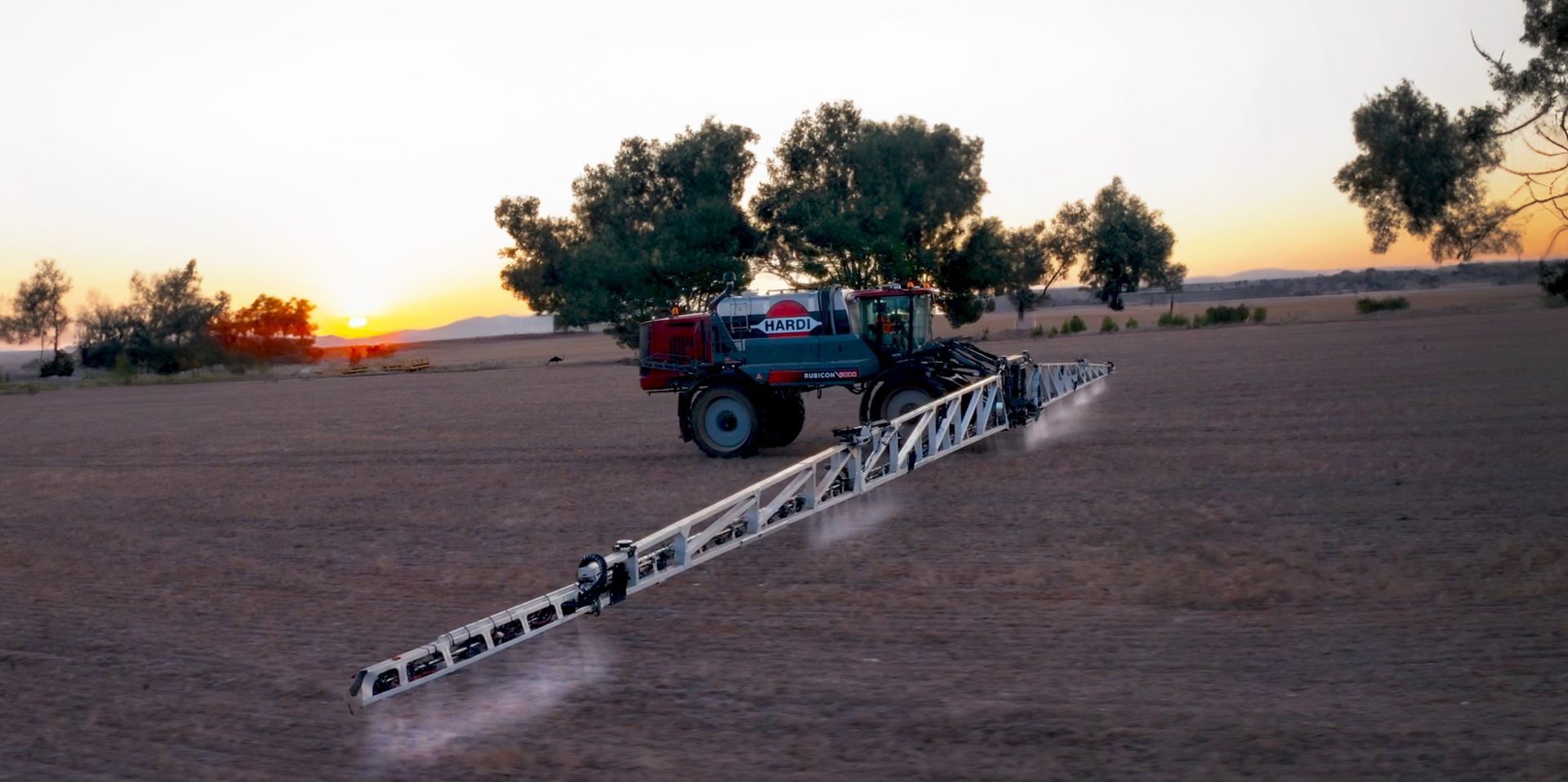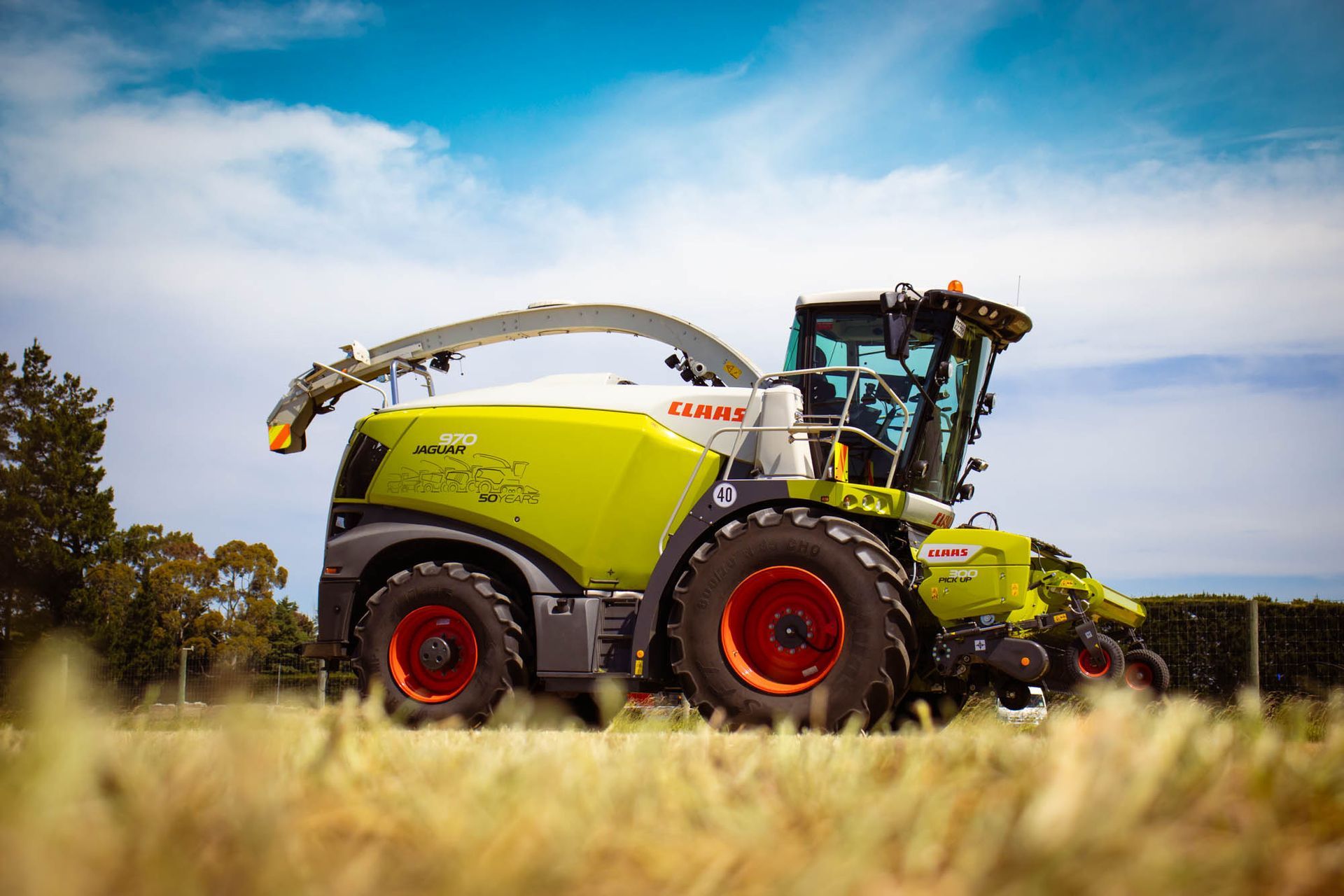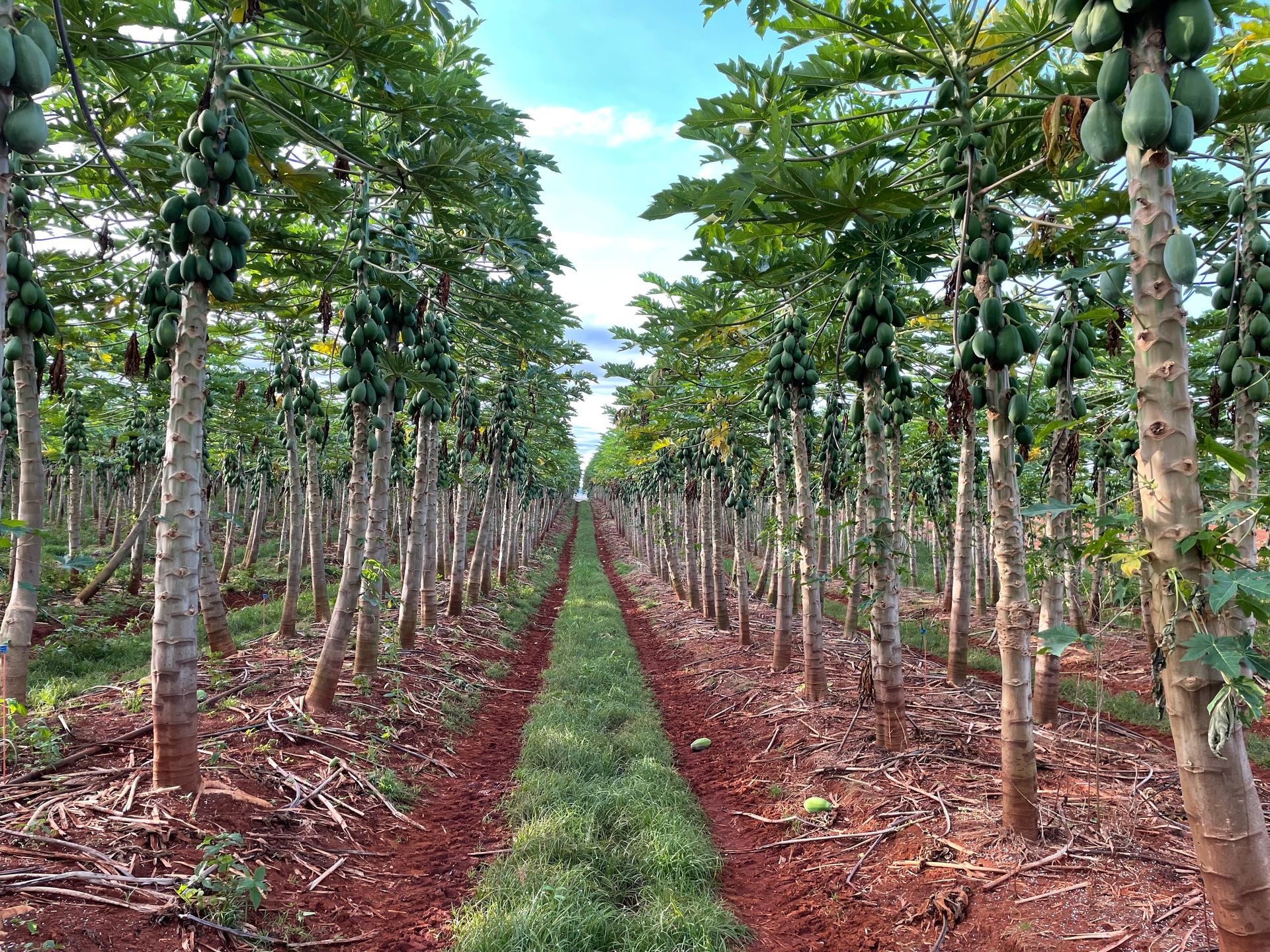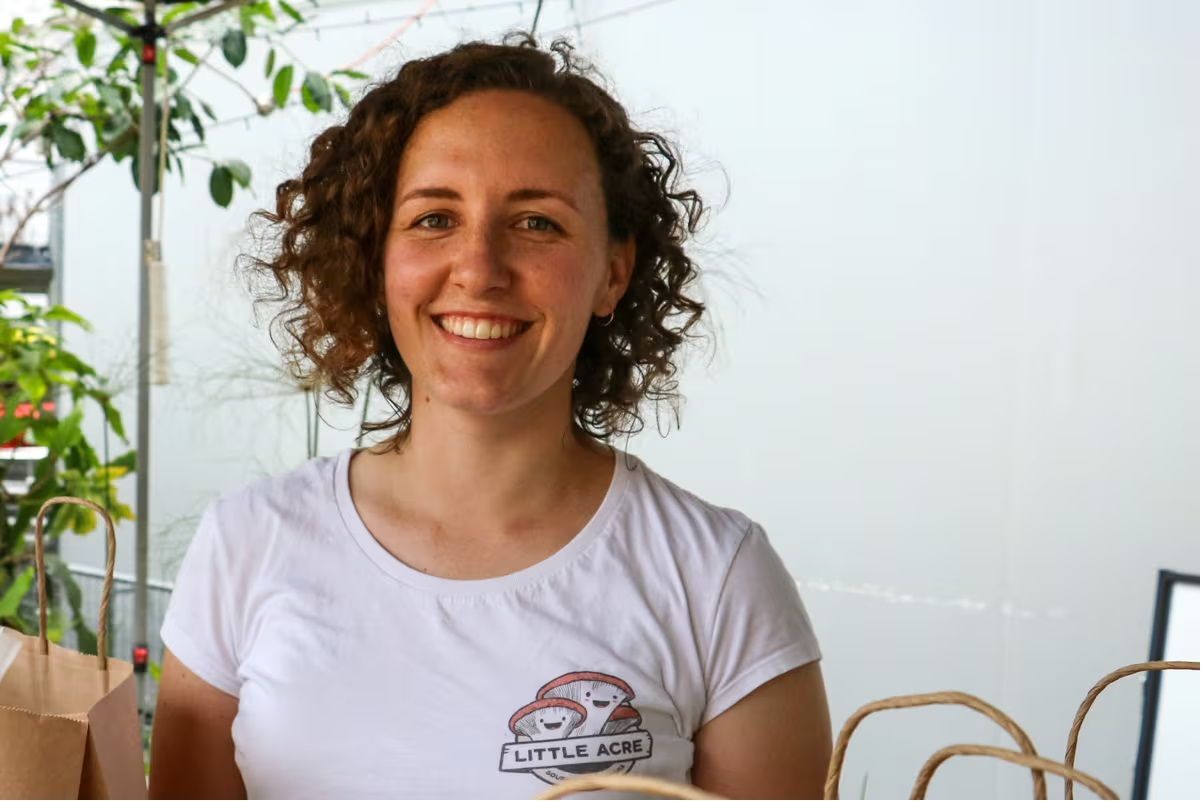Mark Jones is Business Development Manager at Pacific Biologics and a beef producer.
Bolus technology expands choice for Australian Producers
As the traditional backbone of Australia's agricultural industry, sheep farming is not without its challenges. When farmers in 1877 first settled in Robe on the coast of South Australia they thought they’d found excellent grazing country. But many animals were doomed to succumb to a condition that became known as “coast disease”. Then in the 1930s, farmers hit upon supplementing the sheep with cobalt; the problem was solved, and the animals thrived.
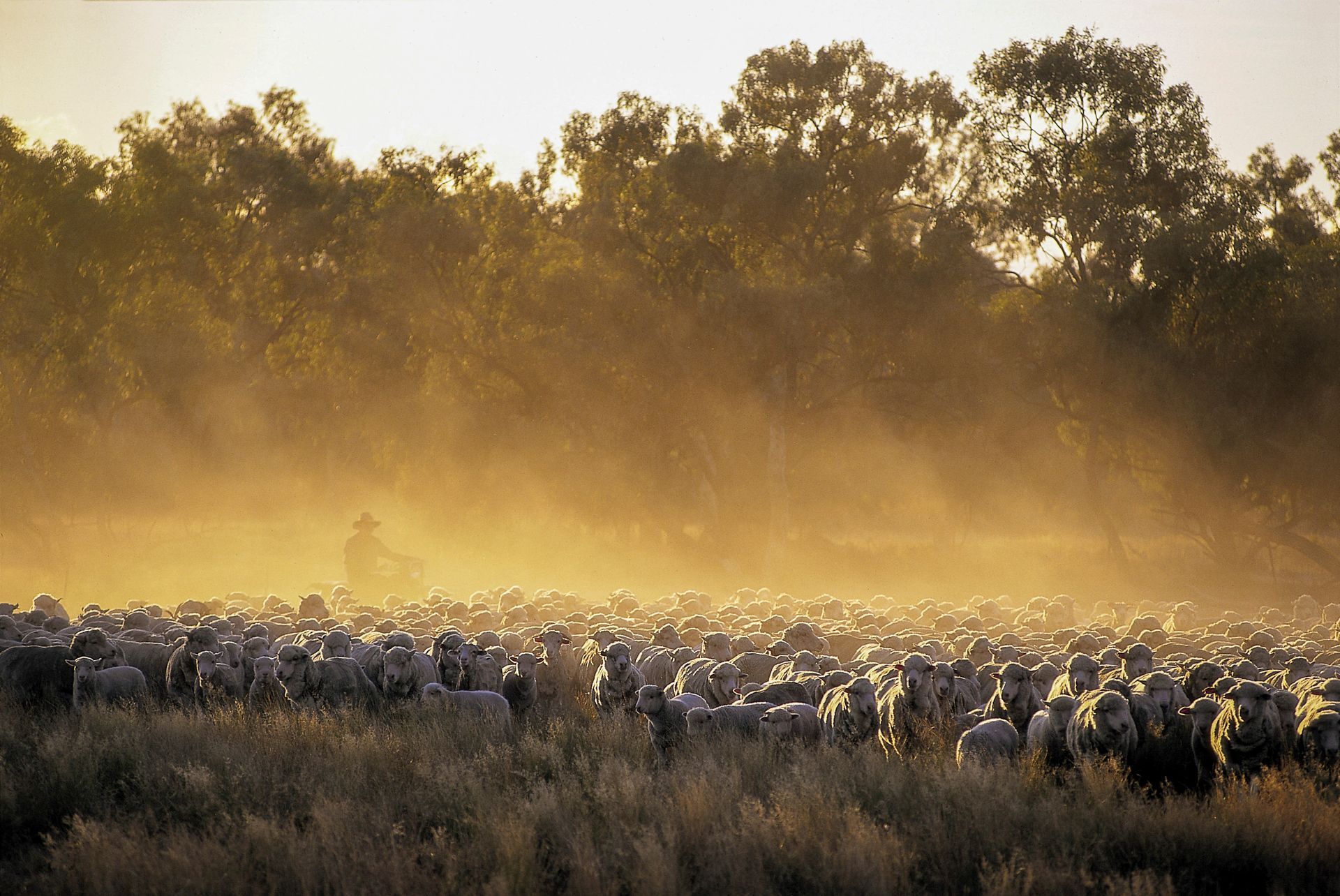
Much of Australia’s ancient soil is victim to long-term weathering and leaching, particularly coastal regions and areas of high rainfall. As a result, most of Australia is deficient in one or more trace elements required for optimal animal production. “Producers who want the best quality meat and or fibre from their livestock are required to step in to ensure their animals receive the nutrients they require”, says Mark Jones, Business Development Manager at Pacific Biologics and a beef producer himself.
Pacific Biologics has been supplying nutritional bolus products into the Australia market for more than a decade as the distribution partner for Agrimin Ltd., who are world leaders in bolus technology based in the United Kingdom. Bringing a new bolus product to the Australian market is a long and expensive process. Each product must be registered with the Australian Pesticides and Veterinary Medicines Authority (APVMA), which means extensive testing and trials before it can be approved for use by Australian producers.
For the past 13 years, Pacific Biologics has distributed and championed All-Trace cattle bolus and have continued to grow their cattle bolus range to 5 products. They are now pleased to announce a new addition of a long-acting bolus specifically for sheep producers. Smartrace Adult Sheep bolus contains cobalt, selenium, iodine, and zinc, with a payout period of 6 months and is compatible with long-acting copper in a single application.
The combination of these essential trace elements in a single bolus offers comprehensive benefits for sheep producers:
Cobalt is vital for the synthesis of Vitamin B12 and plays a pivotal role in energy metabolism and overall growth. Supplementation is particularly crucial for sheep grazing in regions with low natural Cobalt levels as deficiency can result in wasting, poor appetite, reduced growth rates, and general ill-thrift.
Selenium is an essential antioxidant that helps protect sheep against oxidative stress. It supports the immune system, improving the sheep's ability to fight off diseases and is an essential component for sound reproductive health. Deficiency can significantly affect animal fertility and induce onset of conditions such as White Muscle disease.
Iodine is essential for thyroid function, which regulates metabolism and helps to maintain energy balance. A deficiency in iodine can lead to coarse wool and reduced wool yield and can be seen with the presence of goitre in younger stock.
Zinc is indispensable for various metabolic processes, immune system function, as well as skin and wool health in sheep. It also plays a role in wound healing and is vital for reproductive performance, particularly the development of sperm and ova.
Mark says the administration of a bolus can be done at the same time as general animal handling and animal health treatments. A single oral application provides producers with peace of mind that their animals are receiving a precision dose of key trace elements for a period of 6 months, reducing labor costs and animal stress and ensuring all animals are on a level playing field.
Mark adds, “Supplying trace element supplements via an oral delivery mechanism, such as a long acting, eroding rumen bolus, presents distinct advantages when compared to traditional methods and more closely mimics a grazing animal’s natural intake mechanism”. Feeding daily or weekly rations is time consuming and labor intensive, injections are a short-term fix and require regular applications in order to offset deficiencies, meaning more yarding and time off feed in order to meet animal requirements.
Bolus products provide producers with flexibility, efficiency, and peace of mind providing producers with a little more certainty in what can be a very complicated balancing act. Long-acting trace element boluses are a major key to assisting producers to maximise production efficiencies in their flock or herd. Pacific Biologics specialises in the utilisation of bolus technology and continues to work closely with producers and manufacturers in the production and development of long-acting bolus products for Australian farmers in both the sheep and cattle sector.
Website: http://www.pacificbiologics.com.au/rural/
Email: markjones@pacificbiologics.com.au

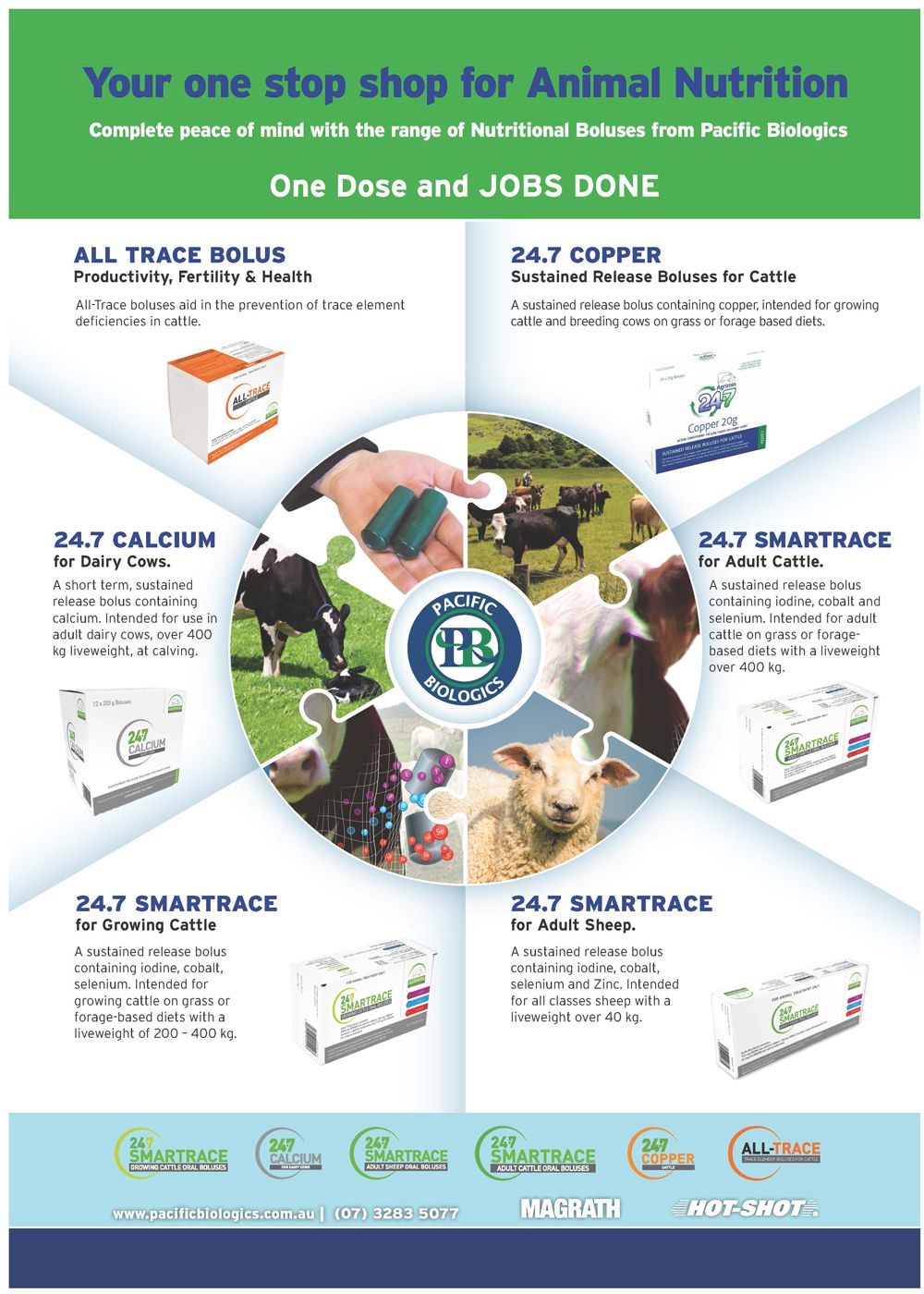
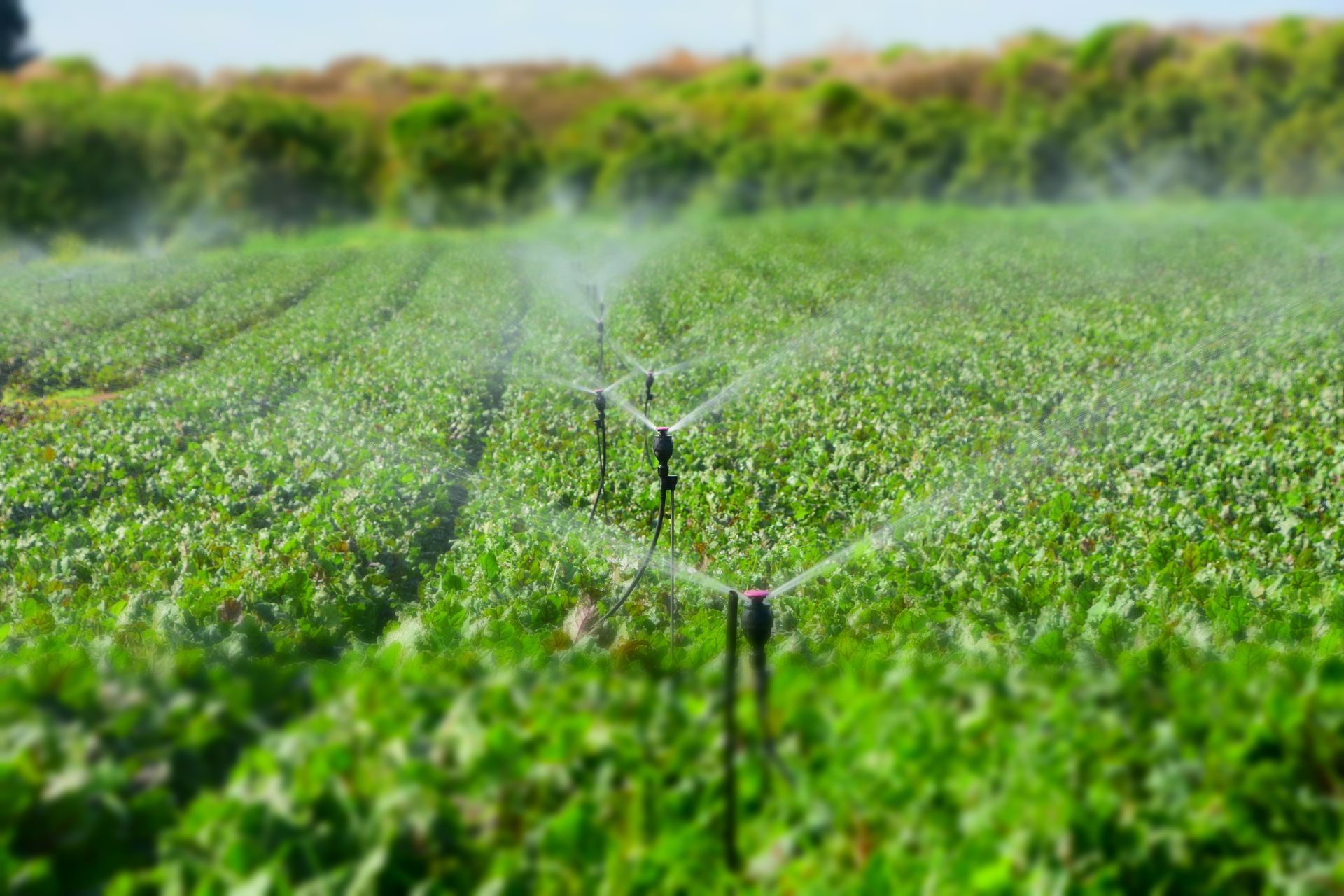
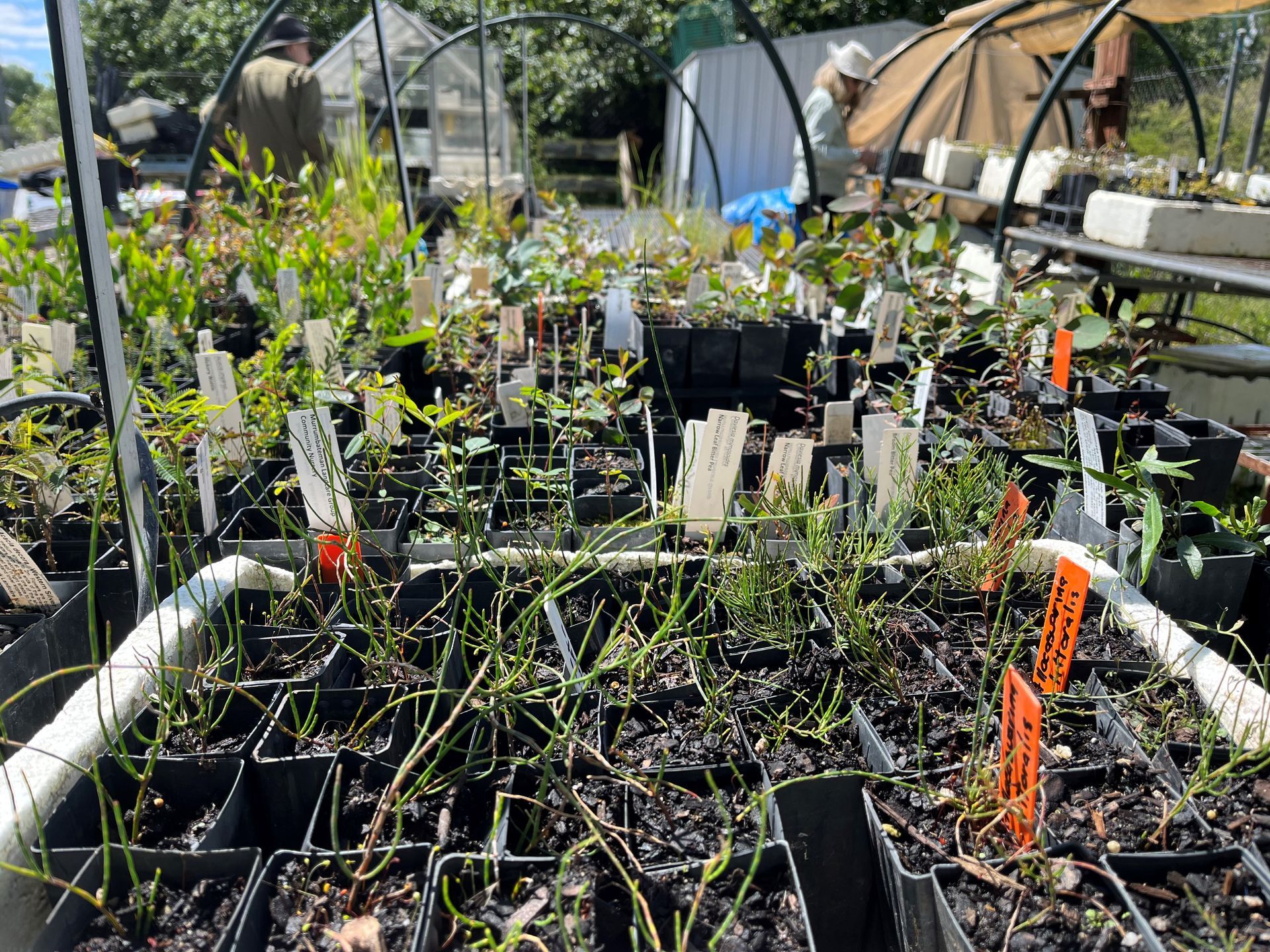
A selection of The Australian Farmer Sponsors - Click on a banner below to find out more...

